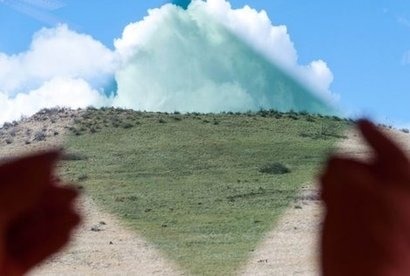
The company is attempting to develop coatings that will be able to turn ordinary passive glass into glass for electricity-generating windows. The transparent, electricity-generating coatings that the company are developing will be able to turn have the potential of turning new and existing tall buildings into ‘clean power generators.’ This in turn could reduce electricity costs by up to 50 percent per year when applied to a 50-storey building, achieving a one-year financial payback, according to independently-validated modelling.
Commercial buildings currently consume almost 40 percent of all the electricity generated in the US. This means that electricity-generating windows that reduce electricity costs could be compelling for building owners, while simultaneously providing environmental benefits and reducing carbon dioxide emissions.
In order to determine the ability of the electricity-generating coatings to withstand real-world environmental conditions, the company, along with scientists and engineers at the US Department of Energy’s National Renewable Energy Laboratory (NREL), subjected SolarWindow modules to cycles of high temperatures followed by extremely low temperatures to simulate natural environmental conditions.
During the test, the window modules were subjected to more than 200 freeze/thaw cycles, which yielded favourable performance results of the edge sealing processes and minimal impact on the device electrical performance. The window modules are being designed for durability using a variety of processes and materials, including encapsulation and edge seals, to protect the layers making up the electricity-generating coating.
“This particular test is very important to establish the thermal and mechanical stability of SolarWindow coatings” said Dr. Scott Hammond, Principal Scientist of SolarWindow. “As a part of windows of the future, such coatings will naturally be exposed to temperature extremes and cycles that cause mechanical stresses, which can eventually lead to failure. By appropriately engineering our layer lamination and edge sealing processes, we can minimise such stresses and ensure long operational lifetimes, regardless of the outdoor environment the windows are exposed to.”
John Conklin, President and CEO of SolarWindow, added that passing the freeze/thaw temperature cycle test is another important step towards commercialising the window coatings, putting the modules one step closer to meeting performance PV test standards required by the International Electrotechnical Committee (IEC). The company will address the appropriate IEC PV module performance standards when SolarWindow products are commercially fabricated.
For additional information:

